Ever scrolled through dog training videos or articles and felt like something was missing? 🤔
You see all the tips about treats and body language, but what about that amazing tool you carry with you everywhere?
Yep, we’re talking about your voice!
It turns out, the way you use your voice can make a HUGE difference in how well your furry friend understands and responds to you.
Let’s dive into some game-changing advice you might not have heard before… 😉
The Underestimated Power of Your Voice in Dog Training 🤫
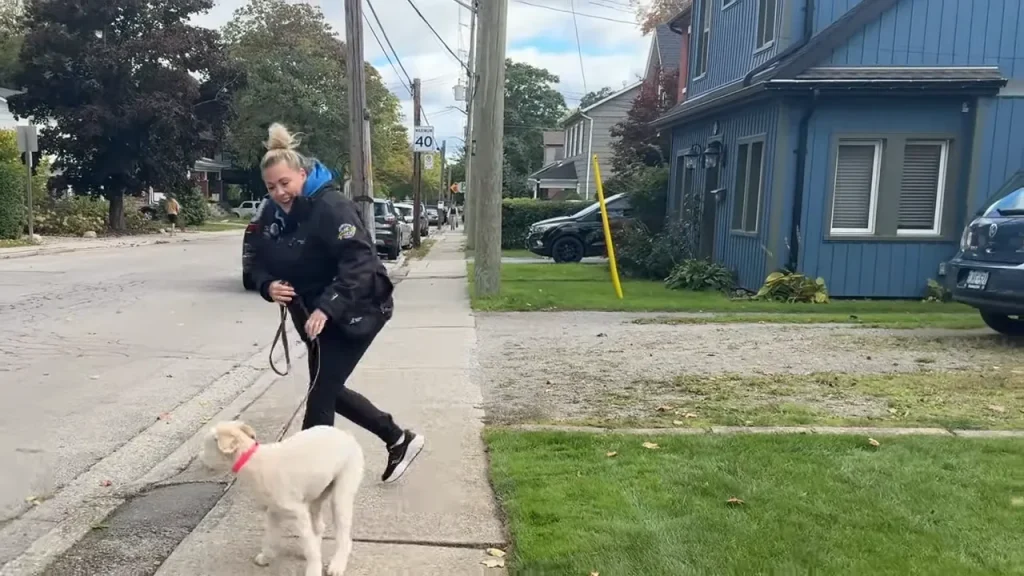
You might be surprised to learn just how much your voice impacts your dog’s learning. 🗣️🐶
We see it all the time…
Dog owners either use their voice way too much, or not nearly enough!
And guess what?
This simple thing can completely change how your dog reacts to your commands.
It’s like a secret weapon you’ve had all along! 🦸♂️
Are You a Charlie Brown Impersonator? 🗣️➡️

One of the most common mistakes we see is people overdoing it with their voice.
Sometimes, in an effort to be encouraging, owners end up sounding like that classic Charlie Brown teacher… you know, the “wah-wah-wah” sound? 😅
They might be saying “Good boy, that’s the way, here…” in such a drawn-out way that their dog can’t even pick out the actual command!
Imagine trying to understand someone who’s just making a bunch of noise… it’s confusing, right?
Your dog feels the same way!
So, let’s aim for clarity, not a cartoon impression. 😉
Stop the Command Repeat-a-Thon! 📢
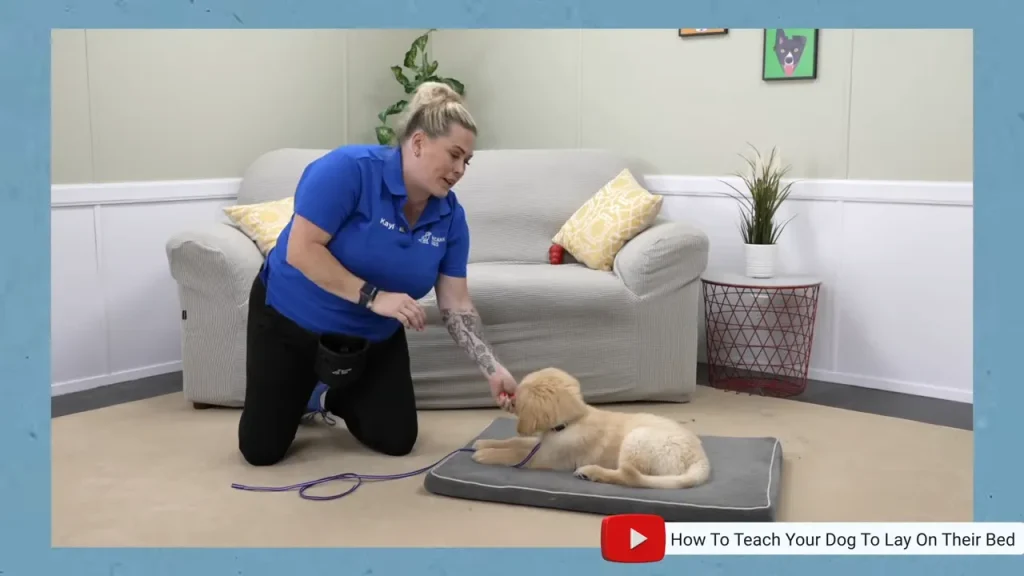
Another super common pitfall?
Repeating commands over and over and over again…
“Marley, sit! Marley, sit! Sit, Marley!”
Sound familiar? 🤦♀️
While it might seem like you’re being persistent, what you’re actually teaching your dog is that they don’t need to listen the first time.
Our goal should be for our dogs to respond to the very first command.
Think about it… wouldn’t it be amazing to call your dog in from the backyard just once and have them come running? 🤩
That’s the dream!
And it’s achievable with the right approach.
To get there, follow-through is key.
If you give a command once and your dog doesn’t respond, you need to gently guide them to understand what you want.
They need to learn that first-time listening is the way to go!
It might take a little practice, but trust us, it’s worth it! 💪
Don’t Be Shy! Your Dog Needs Your Vocal Feedback! 🤗
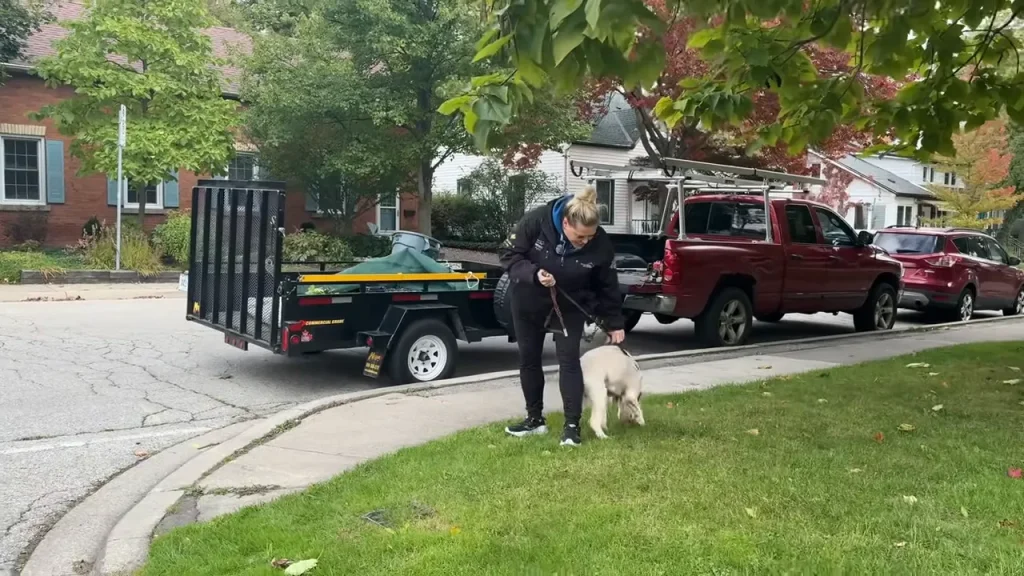
Ever feel a little self-conscious about talking to your dog during training?
Maybe you worry about looking silly? 🤔
Well, it’s time to ditch those worries!
Your voice is a powerful tool for engaging and motivating your dog.
Think about it… would you rather feel a tiny bit silly for a few seconds while training, or struggle with a dog who doesn’t listen for the next 12 years? 🤔
We think the answer is pretty clear! 😉
Using your voice effectively, especially in distracting environments, can make a world of difference.
Think about it this way… you always have your voice with you!
You don’t need to remember to bring treats or a specific toy.
If you learn to use your voice in an animated and engaging way, you’ll become less reliant on other training tools.
You can use your voice to get your dog excited and focused anytime, anywhere! 🎉
The Power of Tone: Happy, Assertive, and Praising! 😊😠🥳
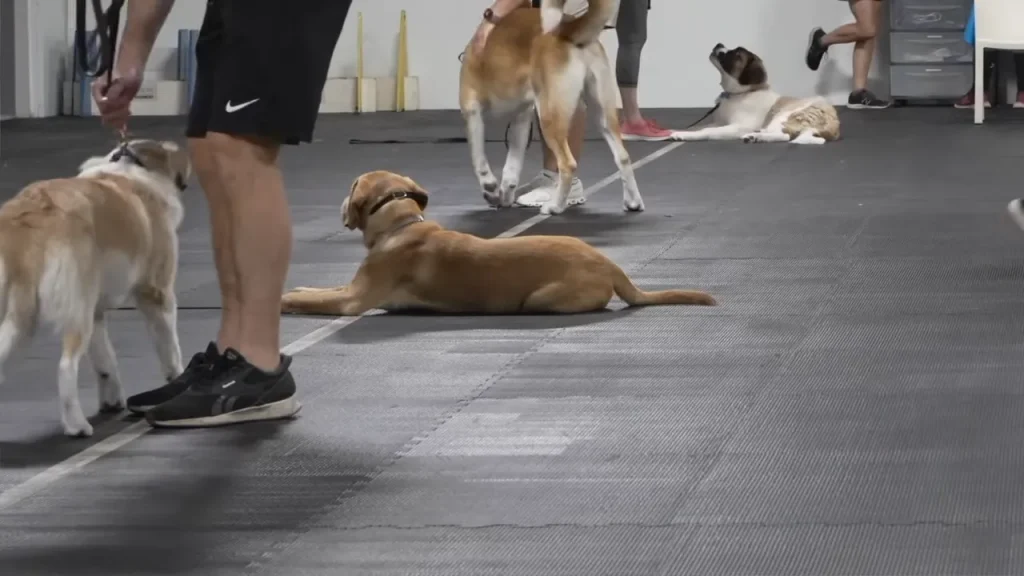
Let’s talk about the different ways you can use your voice.
Just like humans, dogs pick up on tone and inflection.
One mistake people make is unintentionally teaching their dogs to only listen when they sound angry.
This often happens when commands are repeated with increasing frustration…
“Sit! Sit! SIIIIT!” 😡
The dog might eventually sit, but they’re doing it because you sound upset, not because they understand the command.
We want our dogs to listen the first time to a clear and calm tone.
So, how do we do that?
We can break it down into three main categories:
- Cues/Commands: Use a happy but clear and concise tone. Think upbeat and encouraging! “Maple, sit!” 😊
- Negative Reprimands: When you need to interrupt your dog (like if they’re about to chew on your favorite shoes 😬), use an assertive, lower tone that is quick and sharp. This should be a startle effect, not scary. “Hey! No!” 😠
- Positive Reinforcement/Praise: This is where you really let your enthusiasm shine! Use happy, upbeat tones. You can even clap or use silly voices! 🎉 “Good boy! Yes!” 🥳 This tells your dog they did exactly what you wanted.
And here’s a pro tip: Always follow up any negative reprimand with positive reinforcement as soon as your dog does what you want.
This makes it crystal clear what behavior you’re looking for. 😉
Words Have Power… But Only If Used Wisely! 🗣️➡️
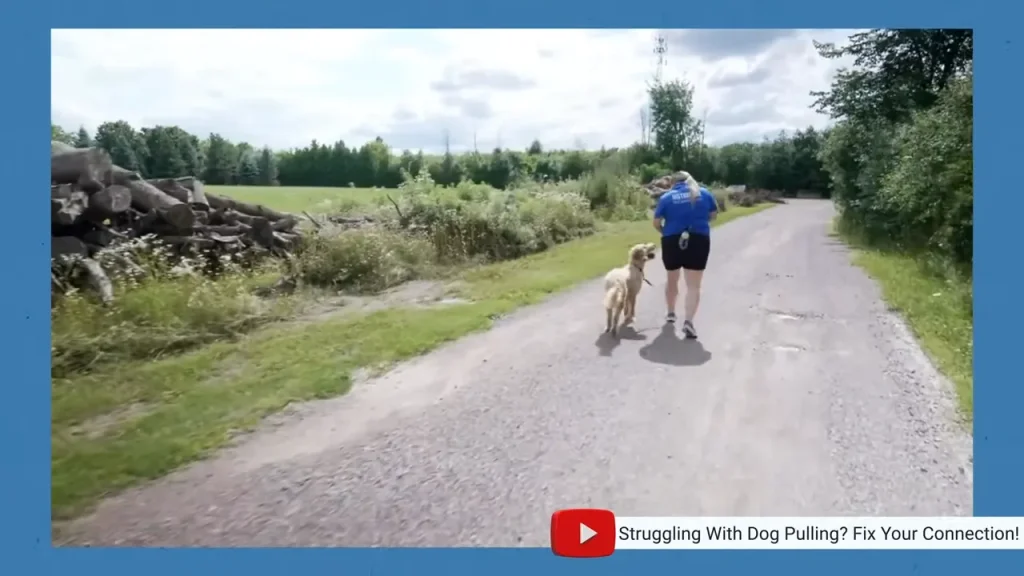
Did you know that dogs can get confused by our human way of using words?
For example, if you say “Fluffy, come here, sit down,” to a human, it’s pretty straightforward.
But to a dog, “Fluffy” is their name (meaning look at me 👀), “come” means get here fast 💨, “here” means come to me (but not necessarily urgently 🤔), and “sit” and “down” are separate commands.
That’s five different things you just said! 🤯
To avoid confusion, it’s super helpful to have specific words for specific actions.
For instance, instead of using “come” and “here” interchangeably, you could use “come” for a fast recall and “here” for a more casual approach.
Similarly, “stay” could mean “don’t move no matter what,” while “wait” could be used for a temporary pause.
This consistency helps your dog understand exactly what you expect. 👍
Consistency is the Secret Sauce! 🧑👩👧👦➡️
Find out more: https://www.youtube.com/@McCannDogs
Finally, remember that consistency across all family members is crucial.
If everyone in the household uses the same commands and the same vocal tones, your dog will learn much faster.
Imagine how confusing it would be for your dog if one person uses “come” for everything, while another uses “here”! 😵💫
Taking the time to ensure everyone is on the same page will make a huge difference in your dog training journey.
So, there you have it! Your voice is an incredible tool in your dog training arsenal.
By being mindful of your tone, clarity, and consistency, you can unlock a whole new level of communication with your furry best friend.
Happy training! 😊

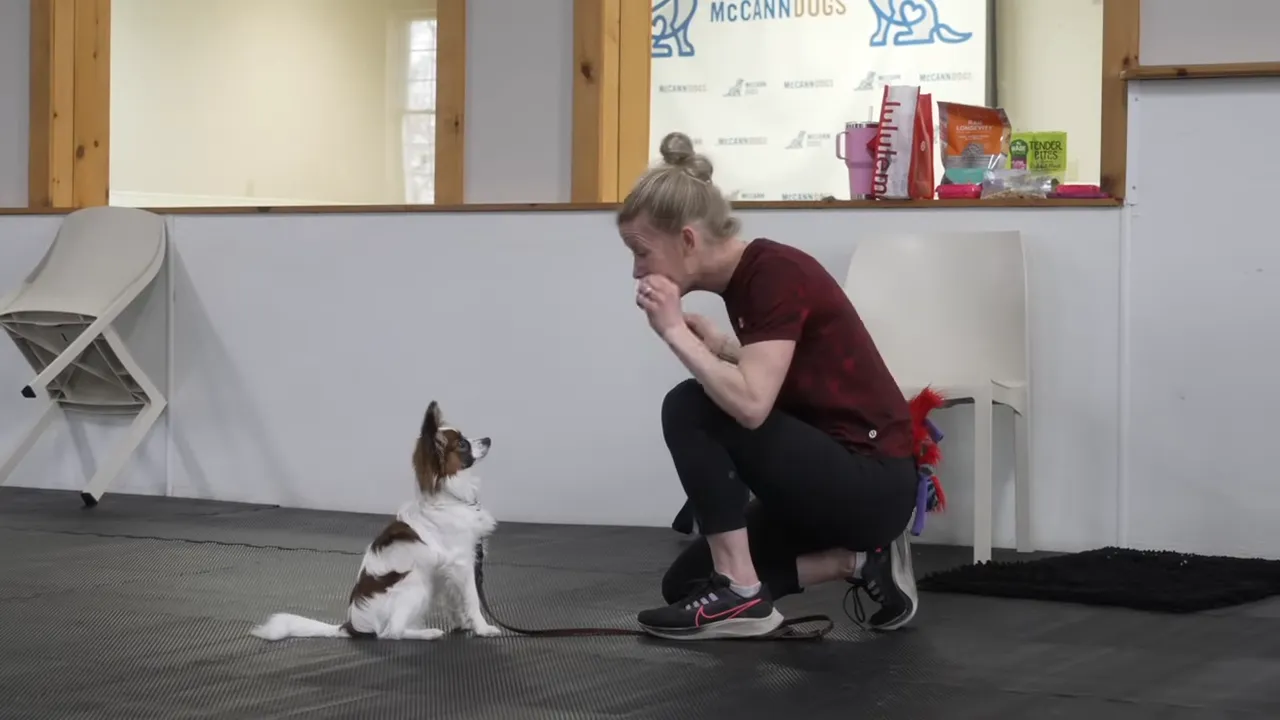
13 responses to “Unlock Your Dog Training Superpower: It’s Your Voice!”
online order androxal price new zealand
where androxal australia
purchase enclomiphene no rx needed
purchase enclomiphene without a script
buy rifaximin generic does it work
get rifaximin cheap online pharmacy
buying xifaxan generic australia
cheap xifaxan without rx
order staxyn generic ireland
how to order staxyn usa sales
ordering avodart usa cheap
get avodart cheap usa
sans ordonnance kamagra pharmacie en ligne en suisse generique
kamagra pas cher pas d’adhésion
online order dutasteride canada medicine
order dutasteride buy mastercard
buy flexeril cyclobenzaprine buy singapore
buy cheap flexeril cyclobenzaprine cheap store
cheapest buy gabapentin price dubai
buy cheap gabapentin purchase line
discount fildena using mastercard
purchase fildena canadian discount pharmacy
ordering itraconazole australia purchase
buy itraconazole buy online no prescription
jak získám kamagra bez lékařského předpisu
kamagra generique